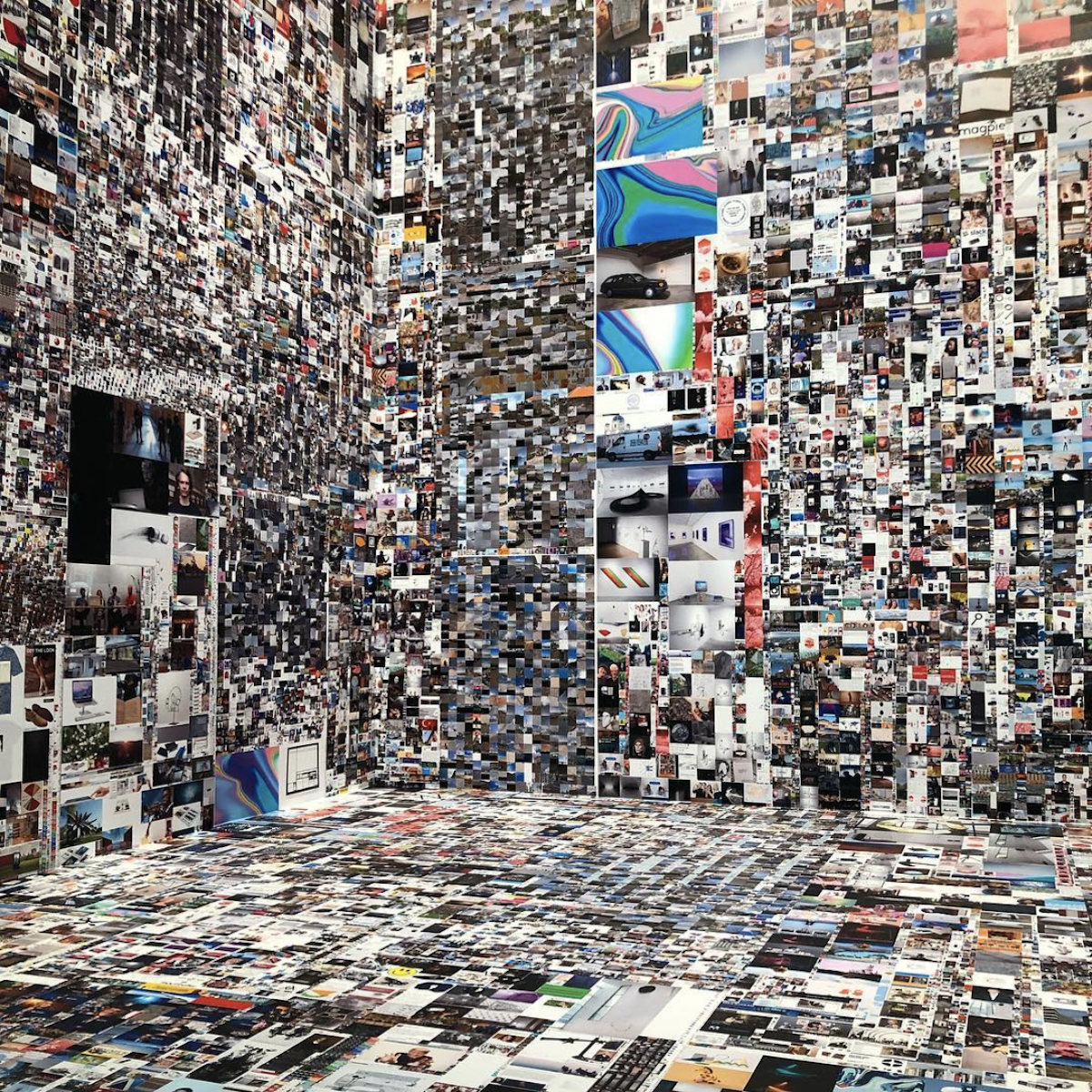Let’s go back to the early days of photography: on 26 June 1843, William Henry Fox Talbot, the inventor of the first negative-positive technique, known as calotype, signed an agreement with the French entrepreneur and self-styled “capitalist” Eugène Maret, Marquis de Bassano. The document transferred the patent for the commercial exploitation of Talbot’s groundbreaking invention to Maret for the period of fifteen years in exchange for a quarter of the profits generated by the sale of calotype paper and the finished prints as well as the extensive promotion of “the merit of Mr. Talbot’s invention” 2Letter from William Henry Fox Talbot to Hughes Antoine Joseph Eugène Maret, 1843, British Library, Manuscripts – Fox Talbot Collection, document no. 4685, http://foxtalbot.dmu.ac.uk. in France; this would, as Talbot’s mother Lady Elisabeth Fielding marvelled, “produce more fame …, besides eventually more money”. 3Letter from Elisabeth Theresa Fielding to Talbot, 29 January 1843, British Library, Manuscripts – Fox Talbot Collection, document no. 4710. For the Marquis de Bassano, the acquisition of a photography patent was just one of his numerous investments, which were primarily focused on the thriving mining industry in Northern Africa. However, Bassano sensed the enormous potential of the calotype process, a technique that Talbot assured him “was simpler, much simpler” 4Letter from Talbot to Amélina Petit de Billier, 28 February 1843. British Library, Manuscripts – Fox Talbot Collection, document no. 4742. than the daguerreotype and capable of producing hundreds of copies of the original picture that could be kept for an indefinite period of time. Shortly thereafter, the company Société Calotype was established in Paris and since “making the copies is a merely mechanical affair”, 5Letter from Louis Truffaut to Talbot, 28 June 1843. British Library, Manuscripts – Fox Talbot Collection, document no. 4844. the production of copies could be carried out by unskilled workers, women and children. Bassano anticipated big business, a production and licensing scheme on an industrial scale with “a veritable swarm of artist-photographers at every corner of France”, 6Nancy Keeler, “Inventors and Entrepreneurs”, History of Photography 26, no. 1 (2002), 26–33, here: 27. creating a growing stock of negatives. The company was poised to embrace capitalist methods: namely, geographical expansion, the division of labour and efficient administrative structures. Together with Louis Daguerre’s previous and parallel marketing of the daguerreotype, the creation of Société Calotype was one of the first attempts to commercially exploit photography as a means of making and copying pictures mechanically. But maybe perhaps more importantly, understood as an industrial product, photography became part of an economic system determined by supply and demand, circulation, accounting and investment.





